Select this license type when you are developing an app for iOS, Android, or Windows Phone, and you will be embedding the font file in your mobile application's code.
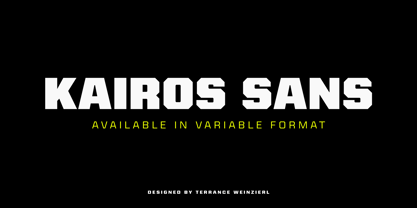

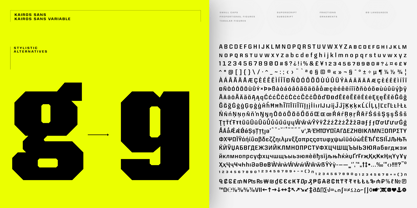

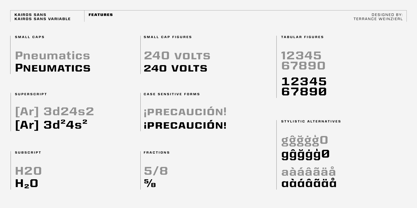

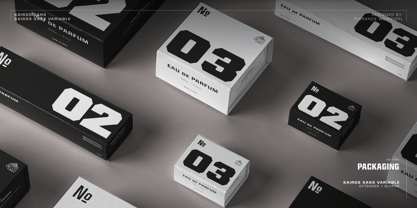



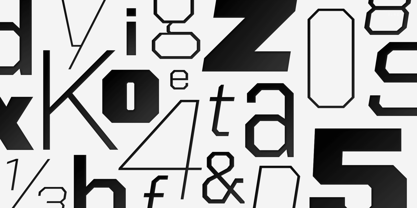
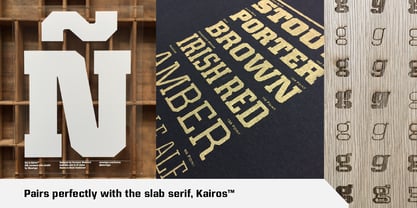
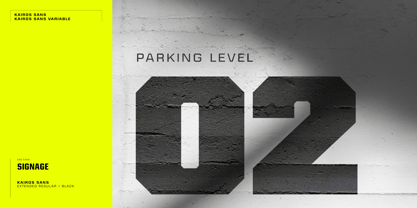

Kairos Sans Thin - Glyph Count:
This is a listing of all glyphs contained in the font, including OpenType variants that may only be accessible via OpenType-aware applications.
Each basic character (“A”) is followed by Unicode variants of the same character (Á, Ä…), then OpenType variants (small caps, alternates, ligatures…). This way you can see all the variations on a single character in one place.
About this glyph
Unicode: ( )
Access this glyph
Copy-Paste:
Windows:
Mac:
HTML Entity:
-
from $50.99
-
from $50.99
-
from $50.99
-
from $50.99
-
from $50.99
-
from $50.99
-
from $50.99
-
from $50.99
-
from $50.99
-
from $50.99
-
from $50.99
-
from $50.99
-
from $50.99
-
from $50.99
-
from $50.99
-
from $50.99
-
from $50.99
-
from $50.99
-
from $50.99
-
from $50.99
-
from $50.99
-
from $50.99
-
from $50.99
-
from $50.99
-
from $50.99
-
from $50.99
-
from $50.99
-
from $50.99
-
from $50.99
-
from $50.99
-
from $50.99
-
from $50.99
-
from $50.99
-
from $50.99
-
from $50.99
-
from $50.99
-
from $50.99
-
from $50.99
-
from $50.99
-
from $50.99
-
from $50.99
-
from $50.99
-
from $50.99
-
from $50.99
-
from $50.99
-
from $50.99
-
from $50.99
-
from $50.99
-
from $50.99
-
from $50.99
-
from $50.99
-
from $50.99
-
-
167465195
-
-
167465229
-
-
167465199
-
-
167465209
-
-
167465173
-
-
167465175
-
-
167465247
-
-
167465235
-
-
167465263
-
-
167465245
-
-
167465249
-
-
167465211
Licensing Options
You can use this font in any of the following places. Read the full EULA text for details about each license. If you have a usage in mind that's not covered by these licenses, contact us and we'll see what we can do.
Webfont: for your website
Webfonts can be used on a single domain. Agencies responsible for multiple websites, for example web design agencies or hosting providers, may not share a single webfont license across multiple websites.
Every time the webpage using the webfont kit is loaded (i.e, the webfont kit CSS which holds the @font-face rule is called) the counting system counts a single pageview for each webfont within the webfont kit.
For usage in graphic images shown on the website, consider a Desktop license instead as most allow for it.
MyFonts offers three types of webfont licenses: Annual, Pay Once, and Pay As You Go. Only one of these three would be available for a given webfont. Click here to Learn more.
Digital Ad/Email: for use in HTML5 ads
You can use this type of license to embed fonts into digital ads, such as ads built using HTML5.
We'll supply a kit containing webfonts that can be used within digital ads, such as banner ads. This kit may be shared with third parties who are working on your behalf to produce the ad creatives, however you are wholly responsible for it.
HTML5 ads use webfonts, so why purchase a Digital Ads license rather than a Webfont license?
There are a few reasons, such as the Digital Ads EULA having terms that enable usage in digital ads and on advertising networks.
Digital advertisements also have different usage patterns compared to websites. Most websites generally have consistent pageviews month-to-month whereas advertising impressions can vary wildly month-to-month. Prices reflect this, making it much less expensive to use a Digital Ad license.
If you know the number of impressions the campaign requires, that amount can be ordered before the campaign begins. For campaigns where number impressions is unknown until the end of the campaign, you can true up at the end of each calendar month.
Desktop: for use on a desktop workstation
For the most common uses, both personal and professional, for use in desktop applications with a font menu.
For example:
- Install the font on your Mac OS X or Windows system
- Use the font within desktop applications such as Microsoft Word, Mac Pages, Adobe InDesign, Adobe Photoshop, etc.
- Create and print documents, as well as static images (.jpeg, .tiff, .png)
Desktop licenses are based on the number of users of the fonts. You can change the number of users by clicking the quantity dropdown option on Buying Choices or Cart pages.
Please be sure to review the listing foundry's Desktop license agreement as some restrictions may apply—such as use in logos/trademarks, geographic restrictions (number of locations), and products that will be sold.
Adding users later:
Desktop licenses are cumulative. If you require a Desktop license that covers additional users, simply place a new order for the same Desktop package, for the number of additional users.
Electronic Doc: for embedding in e-text products
You can use an Electronic Doc license to embed the font in an electronic publication such as an eBook, eMagazine, eNewspaper, or interactive PDF.
An Electronic Doc license is based on the number of publications in which the font is used. Each issue counts as a separate publication. Regional or format variations don't count as separate publications.
Updated versions of publications that are free to previous customers do not need a new license; otherwise, each new version that is released counts as a separate publication.
For font usage in graphic images shown as the ePub cover, consider a Desktop license instead as most allow for it.
Related families
Licensing Options
Related Tags
About Kairos Sans Font Family
Kairos Sans, designed by Terrance Weinzierl, is an octagonal sans serif influenced by 19th Century Grecians, with the weights and widths of a contemporary palette. The bold simplicity radiates in headlines and sub-heads, with suitable performance in text. Of course, it pairs perfectly with the slab serif companion,
. Kairos Sans is available in 48 styles; 8 weights in 3 widths, all with matching italics. Condensed, Regular and Extended widths range from Thin to Black. There are 4 Rough styles as well, bringing the whole family to a total of 52 styles. It comes in Latin, Greek and Cyrillic scripts. It also comes with some extras and OpenType features: Small capitals, proportional and tabular figures, superscript and subscript figures, support for fractions, ornaments, arrows and Stylistic Alternates. It often looks athletic, industrial, and stern. Kairos Sans is stout, but has energy.
Designers: Terrance Weinzierl
Publisher: Monotype
Foundry: Monotype
Design Owner: Monotype
MyFonts debut: null

About Monotype
The Monotype Library is one of the world’s largest and most comprehensive collection of typefaces, featuring original designs of historical importance and a fresh range of contemporary and fashionable fonts. The Monotype Library includes thousands of timeless classics, hand-crafted revivals and original designs from many of the most innovative type designers and foundries in history. This distinctive, award-winning library of premium fonts provides brands and designers with a broad and reliable selection of typefaces for expressive typography in print and on screen. The Premium Foundry page can be viewed Here.
Read more
Read less
- Choosing a selection results in a full page refresh.